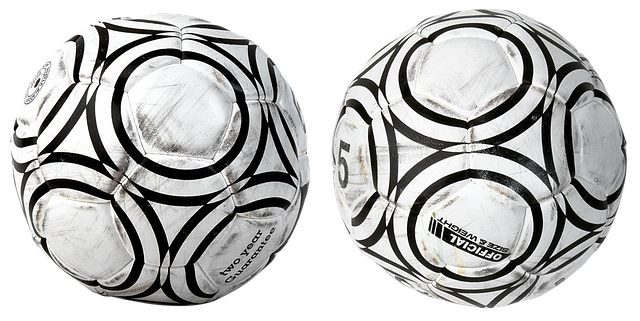Tracking key performance metrics is essential for the Oregon Ducks soccer team's success in NCAA competitions. These include goals scored, assists, saves, and clean sheets to evaluate individual and collective performance. Coaches use these data points to guide training regimens and strategic planning, addressing areas of improvement against intense Oregon soccer rivalries like those with University of Oregon and Oregon State. By focusing on metrics like shots on target and pass completion rates, the program enhances Ducks' skills, fosters competitiveness, and aids in setting goals and match preparation within NCAA soccer leagues.
“Uncover the driving forces behind Oregon Ducks soccer excellence through a lens of performance metrics. This article delves into the strategic evaluation of Ducks players, exploring key metrics crucial for success in college soccer. We dissect unique considerations specific to this program, including the impact of rigorous training programs and intense Oregon soccer rivalries. By examining NCAA league dynamics, we reveal how these factors shape team dynamics and individual player development, ultimately enhancing the Ducks’ on-field performance.”
- Understanding Key Performance Metrics for Oregon Ducks Soccer
- – Defining performance metrics and their significance in college soccer
- – Unique considerations for evaluating Ducks soccer players
Understanding Key Performance Metrics for Oregon Ducks Soccer

Understanding Key Performance Metrics for Oregon Ducks Soccer is essential in evaluating the success and progress of both individual players and the team as a whole within NCAA soccer leagues. The Oregon Ducks soccer program, renowned for its vibrant and bustling atmosphere, tracks various metrics to ensure continuous improvement. These include statistical data such as goals scored, assists, saves, and clean sheets for Ducks soccer players, offering insights into their performances on the field.
Soccer training programs at the Oregon Ducks focus on enhancing these metrics through rigorous practice regimens and strategic game planning. In the competitive landscape of college soccer teams, especially against fierce Oregon soccer rivalries like those with University of Oregon and Oregon State, understanding and optimizing performance metrics are game-changers. They help coaches identify areas for improvement, adjust training strategies, and ultimately elevate the team’s standing in NCAA competitions.
– Defining performance metrics and their significance in college soccer

Performance metrics play a pivotal role in shaping the success and growth of college soccer teams, including the esteemed Oregon Ducks soccer program. These quantitative measures go beyond basic statistics to provide a deeper understanding of a team’s strengths, weaknesses, and areas for improvement. For the Ducks soccer players and coaches, defining performance involves not just winning games but also optimizing individual and collective skills. By analyzing key metrics, such as shots on target, pass completion rates, and defensive clearances, coaches can tailor soccer training programs to address specific needs. This data-driven approach ensures that every player is pushed to their maximum potential, fostering a competitive edge in the intense NCAA soccer leagues.
In the competitive landscape of college soccer, where rivalries like Oregon’s clash with its sports rivals can be fierce, performance metrics provide a strategic advantage. They allow coaches and analysts to compare the Ducks’ progress against not just conference opponents but also national standards. This comparative analysis helps in setting realistic goals, preparing for upcoming matches, and managing player development over the season. As the Ducks soccer team strives to maintain its competitive edge, these metrics serve as a critical tool, ensuring that every training session and game is an opportunity for growth and improvement.
– Unique considerations for evaluating Ducks soccer players

When evaluating Oregon Ducks soccer players, several unique considerations come into play due to the specific demands of college-level soccer and the competitive environment within the NCAA soccer leagues. Unlike professional sports, where performance metrics are often more standardized, college athletes must balance academic responsibilities with intense athletic training regimens. This dual commitment can influence a player’s overall performance and availability for practice and games. Therefore, assessing Ducks players requires factoring in time management skills and academic achievements alongside their on-field capabilities.
The dynamic nature of college soccer further complicates performance evaluation. Teams often employ various tactical strategies, and players may be asked to fill multiple roles during a match. This versatility is highly valued but makes it challenging to pinpoint individual strengths accurately. Additionally, Oregon’s soccer rivalries with neighboring schools add an intense competitive element that can obscure player evaluations. Coaches and analysts must consider these factors to gain a comprehensive understanding of the Ducks soccer players’ contributions, both individually and collectively, as they navigate the rigors of NCAA soccer leagues.






